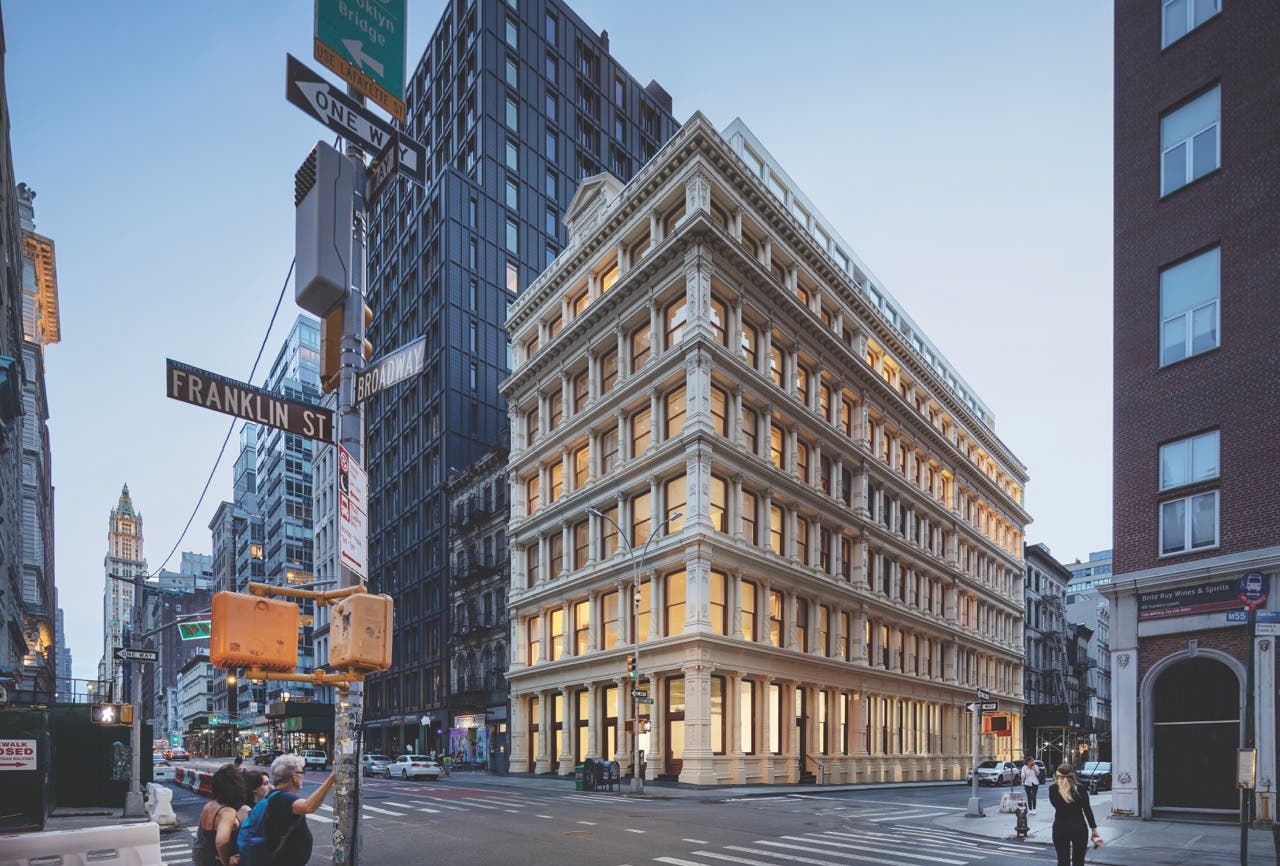
Features
Book Review: Making Dystopia
As an Amazon Associate, we earn from qualifying purchases made through affiliate links.
Making Dystopia:
The Strange Rise and Survival of Architectural Barbarism
by James Stevens Curl
Introduction by Timothy Brittain-Catlin
Oxford University Press, Oxford, UK, 2018
592 pages; 72 b&w illustrations;
39 figures; $60
ISBN: 9780198753698
Can a text on architectural history, however thoroughly researched and brilliantly written, trigger an architectural revolution? For a discipline in ferment, this might just provide the jolt to set off an avalanche.
Making Dystopia demolishes the legitimacy through which a peculiarly inhuman aesthetic has dominated architectural culture during one century. That includes the latest designs by our Starchitects.
This book presents a comprehensive history of the Bauhaus, of Le Corbusier, the Soviet Constructivists, etc. Those defined the “look” that architecture has conformed to ever since, within an extremely limited palette of variations. Professor Curl lays out how anti-establishment movements at the start of the 20th century generated forces clamoring for a “new” architecture. He traces the unlikely success of anti-traditional design aesthetics as they coagulated into the International Style. Much of this history as presented in “standard” texts has been falsified.
Claims for styles evolving from premodernist architects turn out to be invented. Professor Curl debunks the commonly-cited “good intentions” of modernist pioneers: The reality is a freakish mixture of cult beliefs and ruthless egos. Most disturbing is the complete disdain for human biology. The modernists offer the building industry a cheap way of constructing massive high-density buildings for maximal profit. Grateful real-estate speculators and powerful car manufacturers exclusively promoted this architectural style in the media.
Today’s dominant architectural idiom descends directly from those early disruptive ideas, while traditional buildings remain on the banned list. Society accepts this absolutist situation as inevitable.
This iconoclastic landmark book might change the way we build from now on. It’s an outstanding work of scholarship that needs to be read by every architect and architecture student who still possesses a conscience.








